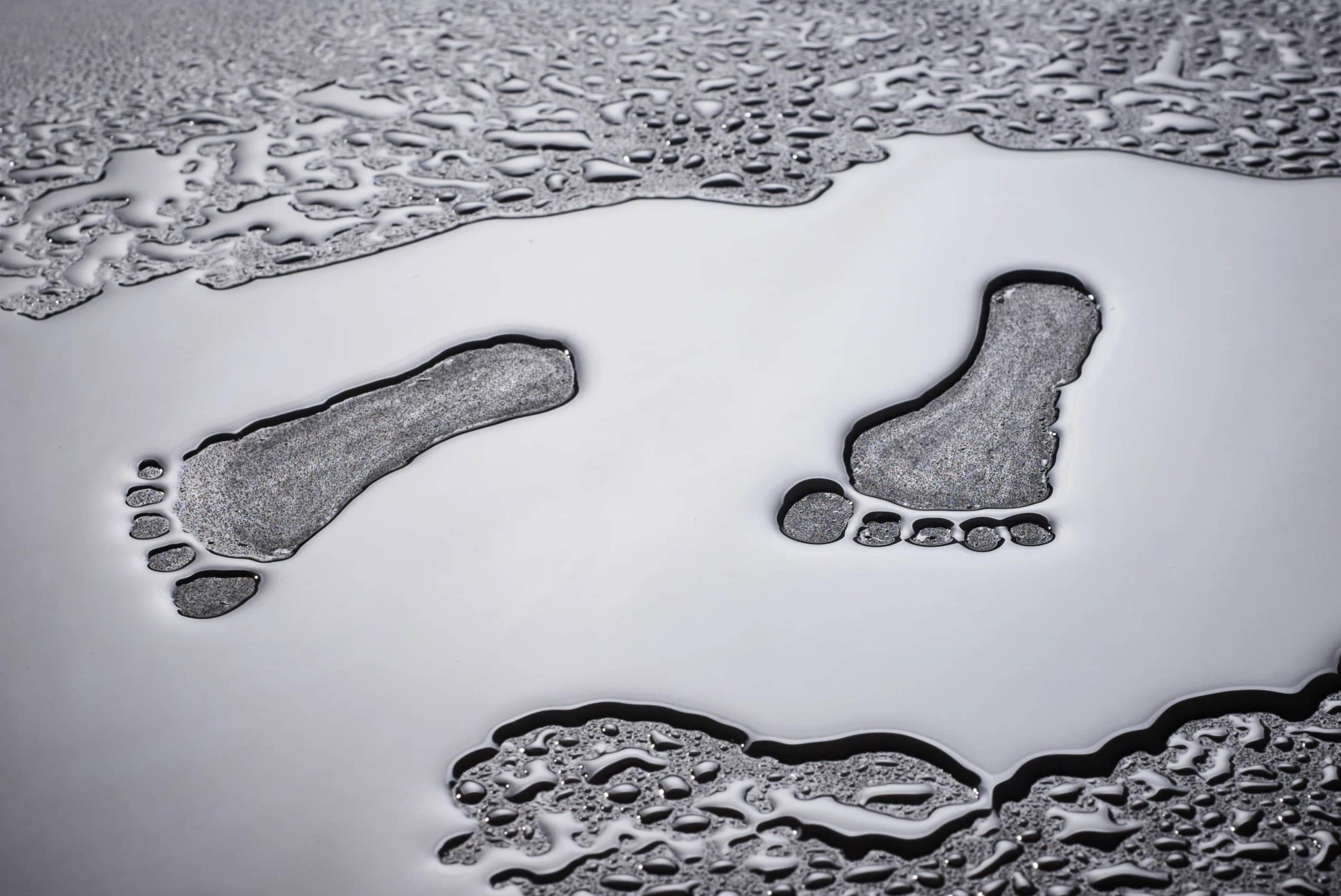
What is a low water footprint? A low water footprint refers to the minimal amount of water used in the production and consumption of goods and services. This concept is crucial for conserving water resources and promoting sustainable living. By choosing products with a low water footprint, individuals can help reduce water waste and protect the environment. This blog post will dive into 26 intriguing facts about low water footprints, shedding light on how everyday choices impact water usage. From food production to clothing manufacturing, understanding the water footprint of various items can inspire more eco-friendly decisions. Ready to make a splash in water conservation? Let’s get started!
Understanding Low Water Footprint
A low water footprint means using less water in daily activities and production processes. This helps conserve water resources and protect the environment. Here are some interesting facts about low water footprints.
-
Water-efficient appliances: Using dishwashers and washing machines that are water-efficient can save thousands of gallons of water annually.
-
Drip irrigation: This method delivers water directly to plant roots, reducing water waste by up to 70%.
-
Native plants: Planting native species in gardens requires less water since they are adapted to local climates.
-
Shorter showers: Reducing shower time by just two minutes can save up to 150 gallons of water per month.
Agriculture and Low Water Footprint
Agriculture is a major water consumer. Adopting low water footprint practices in farming can make a big difference.
-
Drought-resistant crops: Growing crops that need less water can significantly reduce agricultural water use.
-
Mulching: Applying mulch to soil helps retain moisture, reducing the need for frequent watering.
-
Rainwater harvesting: Collecting and storing rainwater for irrigation can cut down on the use of groundwater.
-
Crop rotation: Rotating crops can improve soil health and reduce water needs over time.
Everyday Actions to Reduce Water Footprint
Simple changes in daily routines can contribute to a lower water footprint.
-
Fixing leaks: A dripping faucet can waste over 3,000 gallons of water per year. Fixing leaks saves water and money.
-
Full loads: Running dishwashers and washing machines only when full maximizes water use efficiency.
-
Low-flow fixtures: Installing low-flow showerheads and faucets can reduce water use by up to 60%.
-
Reusing water: Using leftover water from cooking or washing vegetables to water plants is an easy way to recycle water.
Industrial Practices for Low Water Footprint
Industries can also adopt practices to minimize their water footprint.
-
Water recycling: Many industries now recycle water within their processes, reducing overall consumption.
-
Closed-loop systems: These systems reuse water in industrial processes, cutting down on the need for fresh water.
-
Efficient cooling: Using air cooling instead of water cooling in industrial processes can save significant amounts of water.
-
Green infrastructure: Incorporating green roofs and permeable pavements helps manage stormwater and reduce water runoff.
Impact of Diet on Water Footprint
What we eat can greatly influence our water footprint. Making mindful food choices can help conserve water.
-
Plant-based diets: Producing plant-based foods generally requires less water than animal-based products.
-
Local foods: Eating locally grown foods reduces the water footprint associated with transportation and storage.
-
Seasonal produce: Consuming fruits and vegetables in season can lower the water used in their production.
-
Reducing food waste: Wasting less food means less water is wasted in producing that food.
Water Footprint in Fashion
The fashion industry is another area where water conservation can have a big impact.
-
Sustainable fabrics: Choosing clothes made from sustainable materials like organic cotton can reduce water use.
-
Second-hand shopping: Buying second-hand clothes reduces the demand for new clothing production, saving water.
-
Eco-friendly dyes: Using natural dyes instead of chemical ones can lower the water footprint of clothing.
-
Washing less: Washing clothes less frequently and using cold water can save water and energy.
Innovative Technologies for Low Water Footprint
New technologies are emerging to help reduce water footprints across various sectors.
-
Smart irrigation: These systems use sensors to water plants only when needed, optimizing water use.
-
Waterless toilets: Composting toilets and other waterless systems can significantly cut down on water use in sanitation.
Final Thoughts on Low Water Footprint
Understanding the importance of a low water footprint can lead to more sustainable choices. Simple changes like eating less meat, choosing water-efficient appliances, and supporting sustainable brands can make a big difference. Every drop counts, and our collective efforts can help preserve this precious resource. By being mindful of our water usage, we contribute to a healthier planet. Small actions, like fixing leaks or using rainwater for gardening, add up over time. Let's take these steps seriously and encourage others to do the same. Together, we can ensure a better future for generations to come. Remember, water is life. Making conscious decisions today will help secure a sustainable tomorrow. So, let's all do our part in reducing our water footprint and protecting our environment.
Was this page helpful?
Our commitment to delivering trustworthy and engaging content is at the heart of what we do. Each fact on our site is contributed by real users like you, bringing a wealth of diverse insights and information. To ensure the highest standards of accuracy and reliability, our dedicated editors meticulously review each submission. This process guarantees that the facts we share are not only fascinating but also credible. Trust in our commitment to quality and authenticity as you explore and learn with us.


